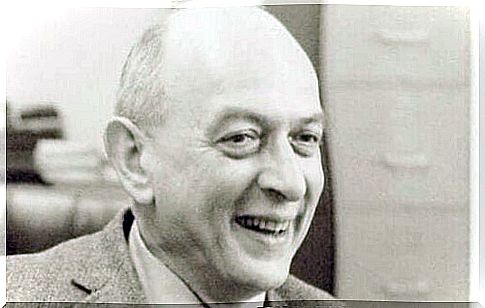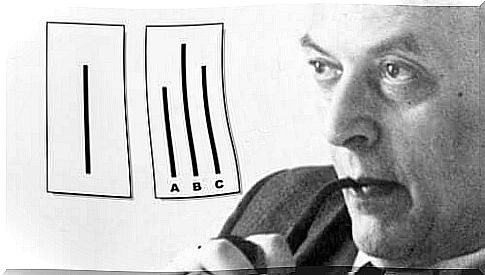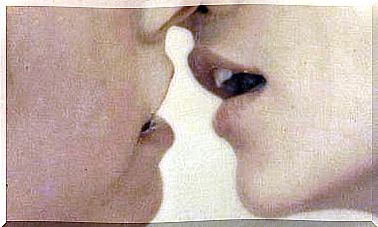Solomon Asch: One Of The Pioneers In Social Psychology

Many experts consider Solomon Asch to be one of the pioneers of social psychology. In this article we will tell about his life and what he contributed.
He was born in Warsaw, Poland in 1907. When he was 13, his family moved to New York. Salomon Asch completed his studies there and received a doctorate in 1932.
As time went on, he gained recognition for his original experiments in social psychology. In particular, he tried to demonstrate the influence that others can have on a person’s behavior.
While studying at Columbia University, Solomon Asch was one of Max Wertheimer’s students. This gestalt psychologist really made an impression on him. In particular, he helped him find interest in the phenomenon of perception, thought, and association.
Solomon Asch and his intellectual development
Asch worked as a professor of psychology at Swarthmore College for 19 years. During that time at the institution, he forged a strong bond with Wolfgang Kohler, whom he always admired.
In particular, he began to take an interest in research. Moreover, it served as the basis of his experiments. Asch became very famous thanks to his experiments and his 1952 book Social Psychology.
He revolutionized the research of the human mind. At the same time, he also worked at the Massachusetts Institute of Technology (MIT) and at the University of Pennsylvania. Furthermore, he was also briefly at Harvard University, where he headed the Ph.D. thesis of the famous and controversial Stanley Milgram.

Asch’s experiments on conformity
In 1951, Solomon Asch performed a series of experiments known as Asch’s experiments on conformity. Their main purpose was especially to prove that people give in to a group.
One of his experiments consisted of forming groups of 7-9 students. Everyone in the group except one worked with the researcher. The researchers showed their students two lines. Then they asked the students which was the longest line. The correct answer was pretty straightforward.
But those who worked with the researcher all began to point to the wrong answer. It put enormous pressure on the one who was not conspiratorial. They therefore agreed that what the group told them was correct, which was against all logic.
Solomon Asch showed that many of the people in the experiment ended up following the majority of the group, even though they were obviously wrong. This made Asch think about whether the subjects who gave in to peer pressure did so because they were truly convinced of their response.
The answer to this question was no. He discovered that the number of people who followed the majority decision would fall decisively if they were allowed to cast their answer in private. It showed that the person was acting according to his conscience and not according to his knowledge.
Other aspects of Asch’s experiments on conformity
As a contribution to this experiment, Solomon Asch introduced some variations. One of the ones he introduced was that a subject (also a co-conspirator) should break the majority agreement.
Asch found that if there was one person who disagreed with the majority, then the number of people in the experiment who followed the majority’s erroneous answer would diminish.

However, Asch’s experiments were also criticized, but they showed a different and original perspective on how a group can exert influence and influence us. In fact, many consider him to be one of the most important in the history of psychology.









